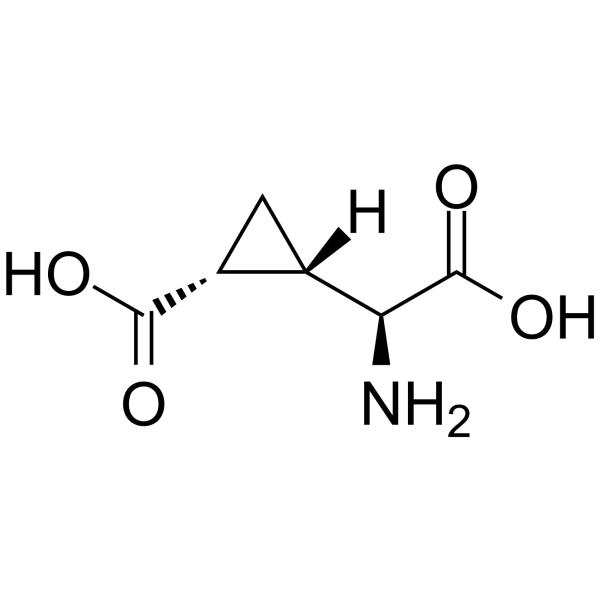| Structure | Name/CAS No. | Articles |
|---|---|---|
 |
L-CCG-IV
CAS:117857-95-1 |
|
![3-[3-Hydroxy-5-(2-methyl-2-propanyl)-1,2-oxazol-4-yl]alanine Structure](https://image.chemsrc.com/caspic/099/83654-14-2.png) |
3-[3-Hydroxy-5-(2-methyl-2-propanyl)-1,2-oxazol-4-yl]alanine
CAS:83654-14-2 |